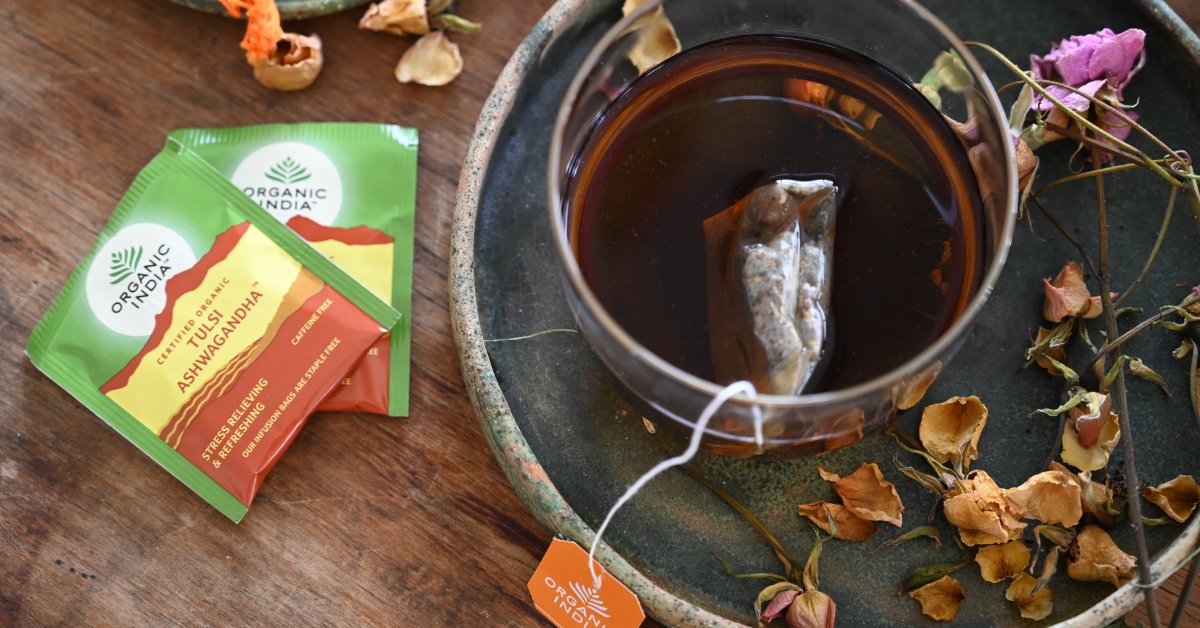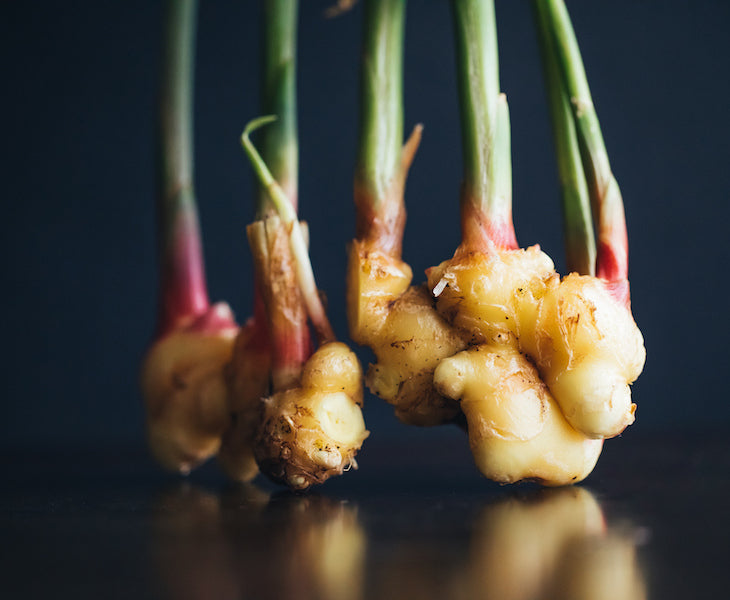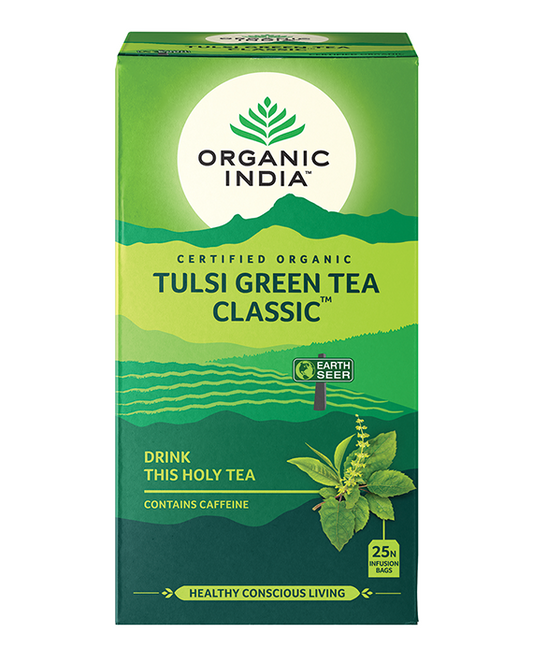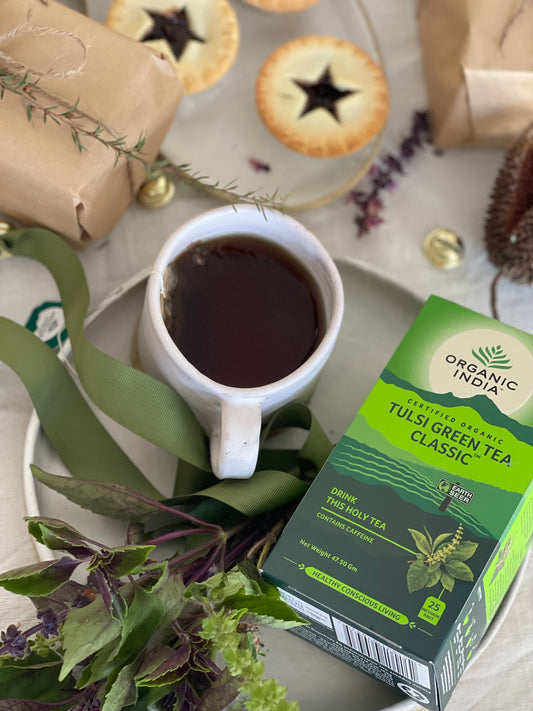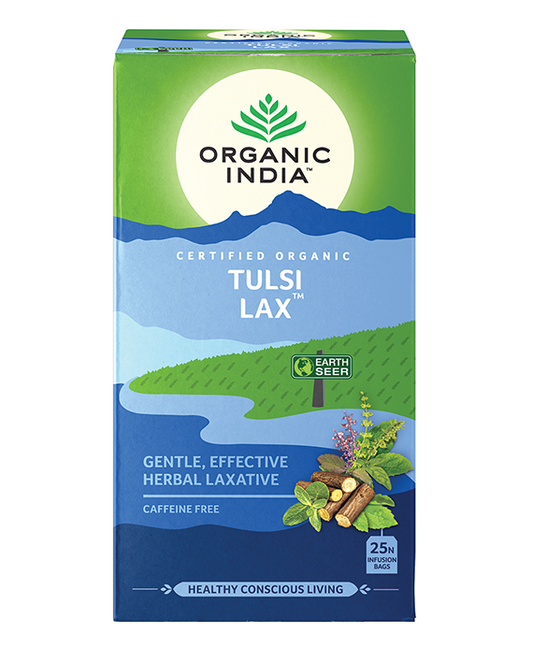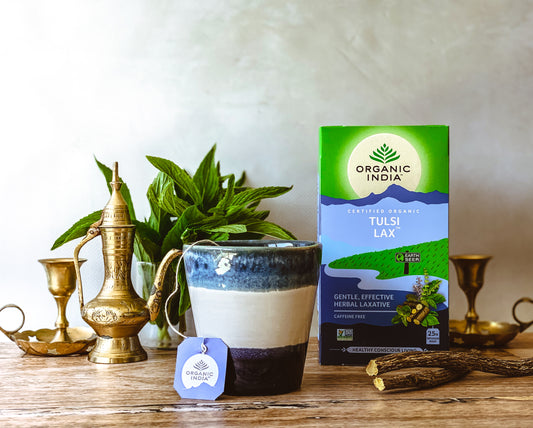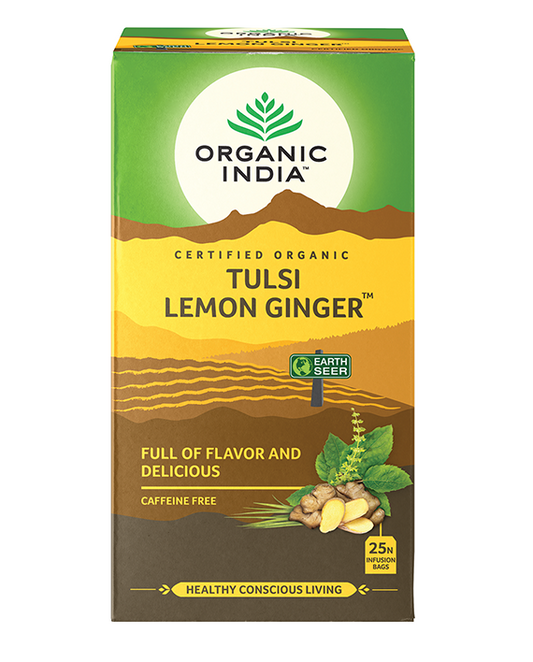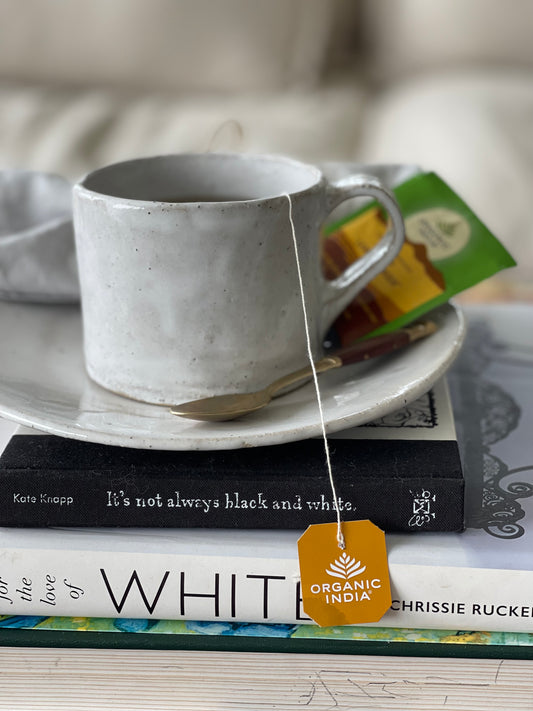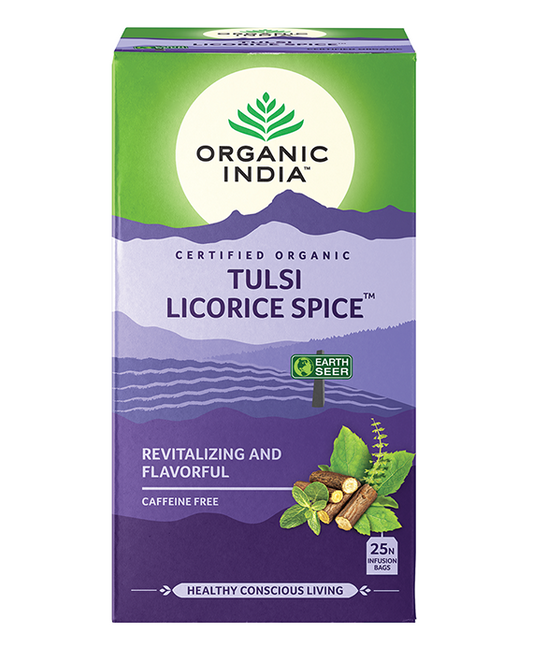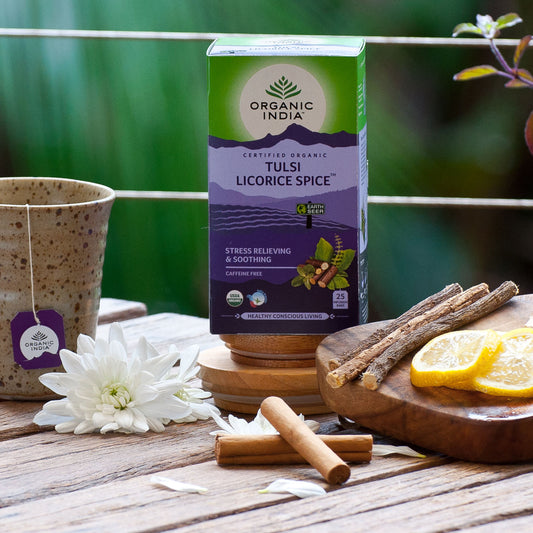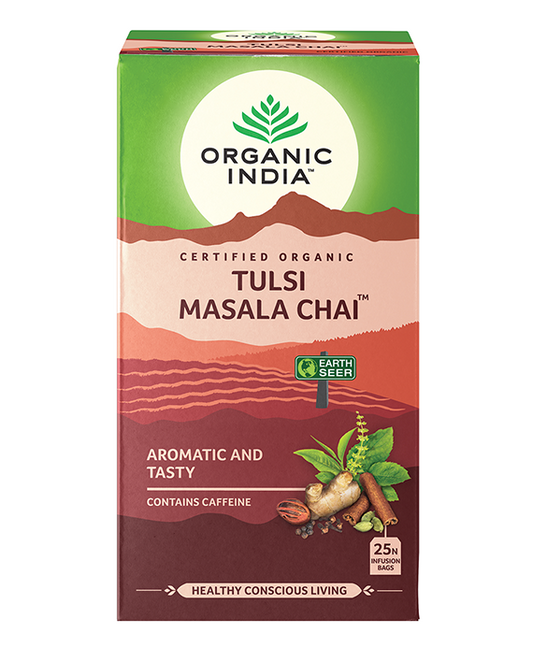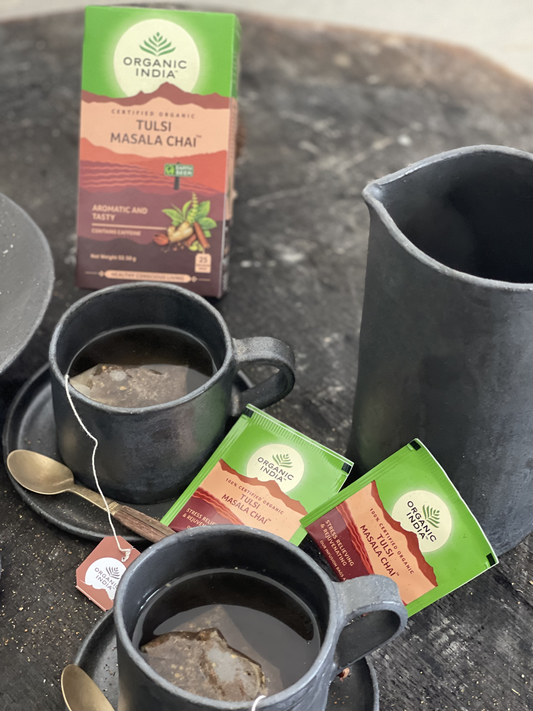Note: This content is for informational purposes only. These statements have not been evaluated by the Food and Drug Administration. Any products mentioned are not intended to diagnose, treat, cure, or prevent any disease.
Millions enjoy ginger root as a spice to add to curries, a pleasant tea, or a crystallised sweet, but it is the plant’s medicinal properties that remain one of the great open secrets of the East. Ginger root has been used for millennia, all over the world, to support health. The fact that it’s such a dynamic culinarily ingredient, and that so many people delight in its warm, spicy flavour profile, is just the icing on the cake.
Historical Popularity of Ginger
Ginger has a long history, spanning more than 5,000 years and tracing back to ancient India and China, where it was hailed as a cure-all and became a staple of Asian cuisine. In the 5th century BC, the Chinese took ginger plants on sea voyages, using the roots to fend off scurvy, long before the Western world linked the disease to a nutritional deficiency.
When the Roman Empire connected India to its trade network, ginger’s popularity surged across Europe. And with the fall of Rome, Asian trade landed in the hands of Arabic tribes, driving the cost of ginger so high that it all but faded into obscurity outside the countries of origin. At that time, a pound of ginger cost the same as a sheep.
In the Middle Ages, ginger commerce would again increase as the growing number of trade routes over land and sea reawakened the world’s desire for exotic spices from the East. Marco Polo mentioned ginger in his diaries, and many historians believe that his explorations led to an overall increase in international spice trade during the 1200’s.
Early merchants discovered that the survival of ginger as a commodity depended preservation of the plant from the site of origin to the marketplace. This gave rise to preserved ginger confections.
With the age of exploration in the 15th Century, ginger plants were brought to the New World and planted as crops in the Caribbean and Africa. To this day, ginger is found as a mainstay ingredient in the cuisines of those regions.
Health Properties of Ginger
Even as ginger rose in popularity for its zesty, spicy flavour and unique aromatic qualities, it remained, above all, a medicinal herb throughout Asia. The world’s oldest medical texts lauded ginger’s healing properties. And now, with modern medical researchers producing more and more studies on ginger, Westerners and Easterners alike are applying the plant to a host of health problems.
Digestive Support
Perhaps one of the most common uses of ginger is for digestive support. As reported by Livestrong.com, the Medical Branch at the University of Texas-Galveston has found that ginger supports digestion by toning intestinal muscles and stimulating the dissolution of food. Researchers have also discovered that ginger can help reduce gas pains, assist in metabolising fats, and soothe stomach aches. Many have also used ginger to decrease feelings of pregnancy-related nausea, as well as nausea brought on by motion sickness.
Inflammation Support
The main bioactive compounds in ginger are gingerols, pungent phenolic substances that exhibit a variety of biological activities, including anticancer, anti-inflammation, and anti-oxidation. Multiple studies lead scientists to believe that ginger not only has the ability to reduce inflammation, but also to address swelling and pain.
The Arthritis Foundation reports, “Used in Asian medicine for centuries, ginger has been shown to have anti-inflammatory properties similar to ibuprofen. Ginger also suppresses leukotrienes (inflammatory molecules) and switches off certain inflammatory genes, potentially making it more effective than conventional pain relievers.” A study involving 200 osteoarthritic patients showed that use of a specialized ginger extract led to a marked improvement in pain after standing and walking.
Hormonal Support
Those seeking natural support for hormonal function have have turned to ginger for support. In a study comparing the effects of ginger, mefenamic acid, and ibuprofen on women who experience pain during their menstrual cycles, all pain-relieving remedies were found equivalent in efficacy. According to the study, “Ginger was as effective as mefenamic acid and ibuprofen in relieving pain in women with primary dysmenorrhea.”
Since the dawn of civilization, healers have recognized the power of ginger as a medicinal agent as well as a popular spice featuring a unique aromatic and flavor profile. Along with the spread of customs, ideas, and peoples, ginger has traveled from the rainforests of Asia, continent to continent, so that it is now used in every corner of the globe. Millions of tons of ginger are produced each year all over the world, and natural healers are still touting its medicinal prowess, now with the weight of science behind its many claims as a medicinal plant.
References:
In-Depth Info on Ginger!: Ginger History. http://www.indepthinfo.com/ginger/history.shtml
McCormick Science Institute: History of Spices. https://www.mccormickscienceinstitute.com/resources/history-of-spices
Livestrong.com: What are the benefits of pure ginger for the digestive tract: https://www.livestrong.com/article/548768-what-are-the-benefits-of-pure-ginger-for-the-digestive-tract/
Medical News Today: Ginger: Health Benefits and Dietary Tips: https://www.medicalnewstoday.com/articles/265990.php
NCBI: Bookshelf: US National Library of Medicine National Institutes of Health: Herbal medicine: Biomolecular and Clinical Aspects. 2nd Edition: https://www.ncbi.nlm.nih.gov/books/NBK92775/
Arthritis.org: Ginger: https://www.arthritis.org/living-with-arthritis/treatments/natural/supplements-herbs/guide/ginger.php
NCBI: PubMed: US National Library of Medicine National Institutes of Health: Comparison of effects of ginger, mefenamic acid, and ibuprofen on pain in women with primary dysmenorrhea: https://www.ncbi.nlm.nih.gov/pubmed/19216660
